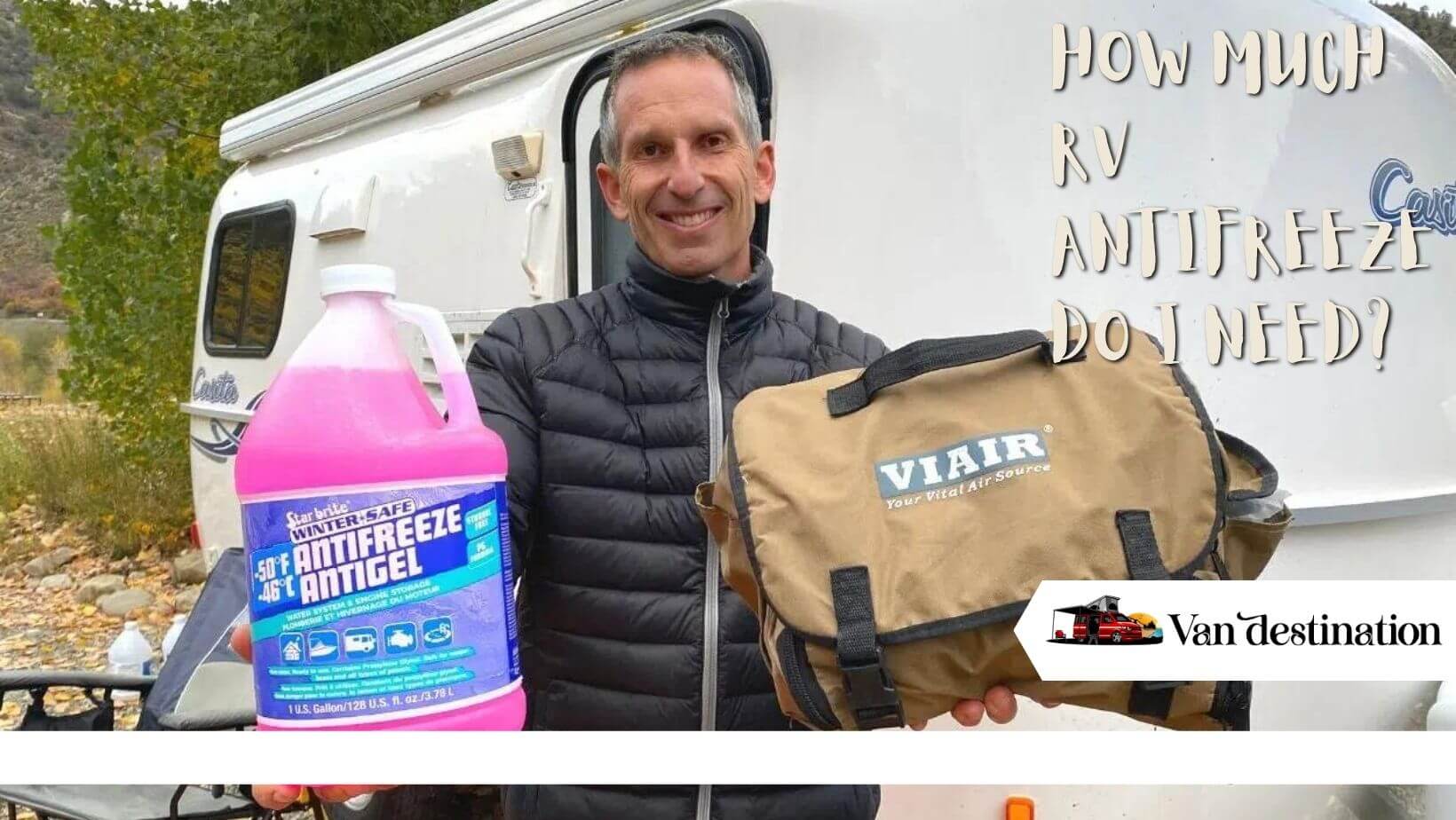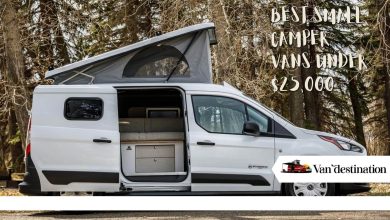How Much RV Antifreeze Do I Need?

Winterizing your RV is a crucial aspect of ownership, and one common query among RV enthusiasts is, “How much RV antifreeze do I need?” In this comprehensive guide, we’ll not only answer this question but also provide insights into what RV antifreeze is, how to use it, and alternative winterization methods.
What is RV Antifreeze?
RV antifreeze is a non-toxic formula, typically pink or red in color, designed to prevent freezing of your RV’s plumbing system in cold weather. Unlike other antifreeze types, RV antifreeze is safe for ingestion, making it suitable for use in water systems. It is readily available at RV parts stores, and online retailers like Amazon, Walmart, and Camping World.
How to Use RV Antifreeze
Knowing where to buy RV antifreeze is just the beginning. Understanding how to use it is crucial. The video linked in the article provides a step-by-step guide on winterizing an RV using RV antifreeze. Following these steps ensures a well-winterized trailer or motorhome ready to face the off-season.
Read More: RV Insurance Cost Calculator
How Much RV Antifreeze Do You Need?
The quantity of RV antifreeze required varies based on your RV’s size and winterization methods. If you bypass your water heater during winterization, you’ll need less antifreeze. Larger RVs may require more antifreeze than smaller ones. Following recommended winterization steps, including bypassing the water heater, typically means you won’t need more than 2–4 gallons of antifreeze. This includes a couple of quarts for each wastewater tank, preventing frozen pipes under sinks.
Can RV Antifreeze Be Stored?
Yes, RV antifreeze can be stored, and it’s advisable to keep a jug on hand. If you purchase more than needed, tightly seal the bottle to avoid spills and contamination. While safe to ingest in small amounts, it’s important to keep it out of reach of children and pets. Stored in a sealed container, RV antifreeze can last 1-4 years, as indicated by the expiration date on the bottle.
Winterizing Your RV Plumbing System: Step-by-Step Guide
As fall marks the end of the camping season, winterizing your RV becomes paramount to prevent damage to water lines in freezing temperatures. Here’s a concise guide to winterizing your RV with antifreeze:
- Drain Tanks and Water Heater: Remove inline water filters, bypass them, and drain the freshwater holding tank, water heater, and flush gray and black water tanks.
- Open and Drain Faucets: Use the water pump to empty faucets and low-point water drain lines. Recap drains and close faucets.
- Bypass the Water Heater: Prevent wasting antifreeze by bypassing the water heater.
- Connect Antifreeze to the Water Pump: Install a water pump converter kit and connect tubing to the water pump and a one-gallon jug of RV antifreeze.
- Pressurize the System: Turn on the water pump to pressurize the system.
- Start Close: Open hot and cold valves on the nearest faucet until pink-colored antifreeze appears.
- Repeat for Every Faucet: Repeat the process on all faucets, starting closest to farthest. Don’t forget the outside shower. Close taps when finished.
- Protect Drains: Pour antifreeze down each drain and add some to the toilet, flushing into the holding tank.
Additional RV Winter Protection Tips
Winterizing your RV goes beyond the plumbing system. Consider these tips:
- Invest in an RV Cover: Specially designed RV covers offer added protection.
- Cover Tires: Protect tires from winter elements.
- Add Fuel Stabilizer: Add stabilizer to gasoline to prevent fuel issues.
- Remove Batteries: Store batteries in a cool location.
- Inspect and Repair Exterior: Check and repair the exterior for potential issues.
- Clean Interior and Lay Pest Traps: Prepare the interior and safeguard against pests.
Winterizing Without Antifreeze
For those in places without antifreeze or those opting not to use it, winterizing without antifreeze is possible. This method involves using compressed air to blow water out of the lines, requiring special equipment. Carefully follow the provided instructions for a successful winterization process.
Conclusion
Winterizing your RV is a vital step to protect your investment and ensure a smooth start to the next camping season. Whether you choose to use RV antifreeze or explore alternative methods, the key is thoroughness and attention to detail. With this guide, you’ll be well-prepared to tackle winterization, keeping your RV in optimal condition for future adventures.
Read More: How to Winterize RV Water System



